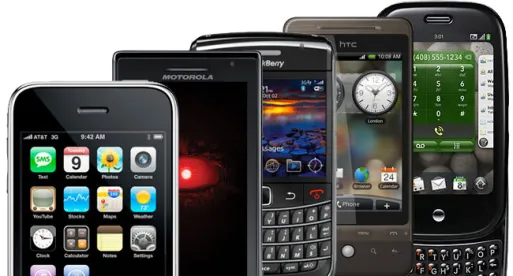Earlier today I talked about the difficulty of following the chain of commerce to identify product liability in exploding vape devices. That was in response to a weekend e-cigarette battery explosion that injured a fourteen year old girl in Florida.
Today there is a related incident in the news where a suspected lithium battery failure resulted in injuries to a student in New Jersey. According to a TechTimes news article a witness heard “fizzing and a popping sound” just before Darin Hlavaty’s iPhone 6 Plus started on fire. Hlavaty had the phone in his back pocket.
Hlavaty noted there was a crack in his phone which may have contributed to the incident. Just a month earlier Gareth Clear’s iPhone exploded when he took a tumble during a bike race in Australia. These two incidents seem to suggest that impact to a thin, lightweight electronic device may trigger an explosion. How many of these incidents involve impact is unknown, but experts seem to agree that the heart of the incendiary events is in the lithium ion batteries.
The Encyclopedia of Electrochemical Power Sources (2009) states that lithium batteries fail at a rate of about 1 in 10 million. Based on sales figures, this rate equates to about 600 battery failures a year. Arguably a lesser number will physically explode and cause burns. However, before its massive Galaxy Note 7 recall, Samsung reported over 35 lithium ion battery burn incidents in only one month! No one really knows what the failure rate is in recalled products. If the Samsung numbers are any indication, lithium battery failure is either vastly underreported or based on dreadfully outdated statistics.
Until the battery companies step up and take responsibility, like Samsung did, we will continue to see explosions and severe injuries from electronic devices with lithium ion batteries. Some companies, including phone and laptop manufacturers, are making an effort to mitigate the injuries by issuing voluntary recalls. Others, like e-cigarette manufacturers, seem to be permanently perched in a wait-and-see position on the other side of the fence. A solution may have to wait for the courts to issue large settlements against companies in the chain of commerce in order to force battery manufacturers to fix the problem.



 />i
/>i

